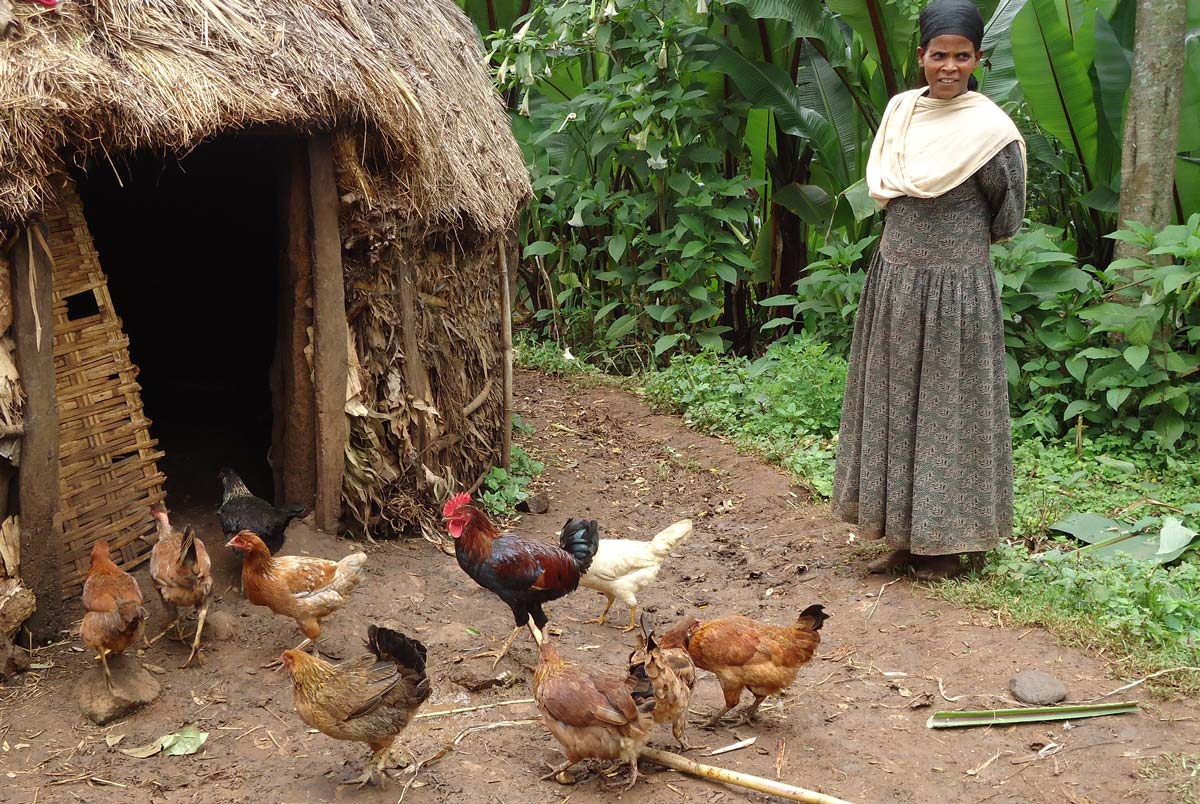14 Oct 2020
Study by the RVC, the University of Liverpool, The University of Edinburgh’s Roslin Institute, and partners of the Centre for Tropical Livestock Genetics and Health looked at sub-Saharan African chicken populations.

Image © Alexas_Fotos / Pixabay

Findings from a study of chickens in sub-Saharan Africa could help support development of healthier, more resilient and productive poultry in the future.
The RVC, the University of Liverpool, The University of Edinburgh’s Roslin Institute, and partners of the Centre for Tropical Livestock Genetics and Health (CTLGH) found birds from two distinct indigenous chicken ecotypes in Ethiopia share several genetic regions linked to important productivity and disease resistance traits.
It is the first project of its kind to study genetic data from different African ecotypes collectively, with the findings published in Frontiers in Genetics.
The DNA of more than 700 indigenous African village chickens from two distinct ecotypes in Ethiopia – one a high-altitude, humid region and the other from a lowland arid region – was studied.
Researchers used genome-wide association studies and whole-genome sequencing data, finding that despite being from contrasting environments, significant similarities in the genetic markers associated with production traits could be identified.
These include putative candidate genes for resistance to infectious bursal disease, Marek’s disease and fowl typhoid, as well as Eimeria and cestode parasite infections.
The findings demonstrated it is feasible to analyse combined genetic data from different chicken ecotypes, meaning researchers can work with bigger data sets to improve the effectiveness of genomic selection, thereby improving the health and resilience of chickens, and efficiency of future chicken production.
Androniki Psifidi, project lead and lecturer in veterinary clinical genetics at the RVC, said: “Our study contributes to a better understanding of the dynamics and potential of indigenous African genetic resources for the benefit of poultry farming. We hope that the message conveyed by the present work will promote future collaborations across different regions.”
This study was funded by the Biotechnology and Biological Sciences Research Council; the Foreign, Commonwealth and Development Office; the Scottish government and the CTLGH.